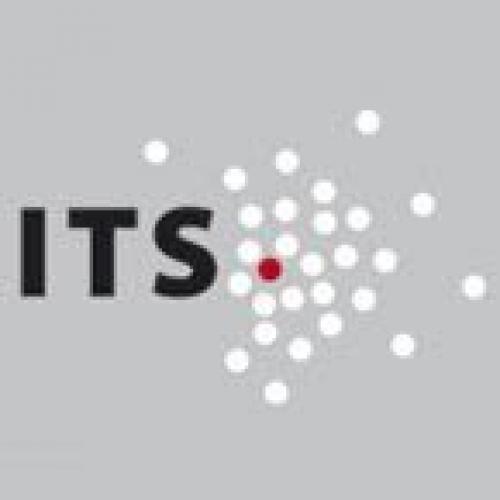ITS places documents on Nazi persecution and its aftermath online

There is a great deal of interest worldwide in the documents of the archives of the International Tracing Service (ITS) about former victims of Nazi persecution and the liberated survivors. A small part of this collection, which since 2013 is inscribed onto the UNESCO “Memory of the World” register, can now be viewed in a new online archive. EHRI partner, the ITS has uploaded three collections in an initial step, including photos of personal objects that were taken from the prisoners in the concentration camps. Also available are a collection on the death marches as well as files from the Child Search Branch from the time immediately following the liberation of Nazi victims.
One of the tasks of the ITS is to make the documents in its archives accessible to the greater public. For this reason, representatives from the eleven member states in the International Commission, the governing body of the ITS, decided in 2014 that, from 2015, the ITS should gradually begin placing its documents online. For the pilot project, three collections were chosen that, based on the subject matter, the amount of data, and data protection considerations, are appropriate for presenting on this online portal. In addition, a scholarly reappraisal and the archival description of the collections played roles in making this selection.
Open to everyone
The ITS online archival collection is now available free of charge. The documents are interesting not only for researchers, for people personally concerned, immediate family and second and third generations, as well as genealogists, but could also interest pupils working on a school project, for example. Moreover, the online documents should help contribute to raising public awareness of the work of the ITS and its valuable archives on the victims of the Holocaust and Nazi persecution. The ITS was able bring the project to life in less than 12 months and has placed 50,000 images in the portal. Dr. Christian Groh, head of the Archives Branch, and his team were supported in this by the Nagel and Semantics Company, specialists in online portals for libraries and archives.
Geographic maps and helpful search functions
A large part of the ITS collections have already been digitized. In order to make the portal user-oriented and practical, the data of the chosen collections has had to be specially revised and structured. This helps to simplify access and the search for specific information. For example, we have set up filter functions according to the first letters of named persons, of geographical information as well as for time periods. For the collections containing information on the death marches, a visualization of the geographic maps is a helpful function. The documents contain the questionnaires that were sent out by the Allies to communities immediately following 1945 to collect information on the death marches, on graves of unidentified bodies, eye-witness reports as well as maps of gravesites. All the places for which there are documents are marked on the map. When you click on the location, the documents appear as a list and can be retrieved directly.
The search for descendants of former KZ prisoners
It is also now possible to view the photos of some 2,800 personal effects that are preserved at the ITS. These are personal objects that were taken from prisoners when they were sent to the concentration camps. The ITS is preserving effects for whom the names of the original owners are known. The purpose is safekeeping with the goal to return these personal objects to the families of the victim of Nazi persecution.
Journalists and memorial sites often help in locating the descendants of those whom the Nazi regime incarcerated. By publishing the photos in addition to the list of owner’s names, the ITS hopes to be able to return more of these personal effects.
The files of the Child Search Branch
The third collection in the ITS Online-Portal deals with the files of the Child Search Branch, which as of 1945 cared for the large numbers of missing and “unaccompanied children”. These were survivors of the Nazi concentration camps and the extermination camps, including youth who had been kidnapped for slave labor and children whose mothers were forced laborers. The responsibility of the Child Search Branch was, among other things, to ascertain the identity and nationality of these children, and to establish contact with their family members. The documents provide information on the organizational structure of the institution as well as, for example, the number of the children cared for and where they came from.
Further development planned
To encourage an exchange among academics and scholars, the web-user, upon registering, is offered the opportunity to post comments and any additional knowledge on the portal. The ITS screens these comments for appropriateness before publishing them on the portal. User feedback will also be used to contribute to further development of the portal. The ITS will next place further sub-collections online that have content related to the three topics placed online first. Altogether, however, due to the enormous amount of data, only a small percentage of the entire ITS-Archive will be able to be made accessible via the online portal in the next few years.
To the ITS online archival collection